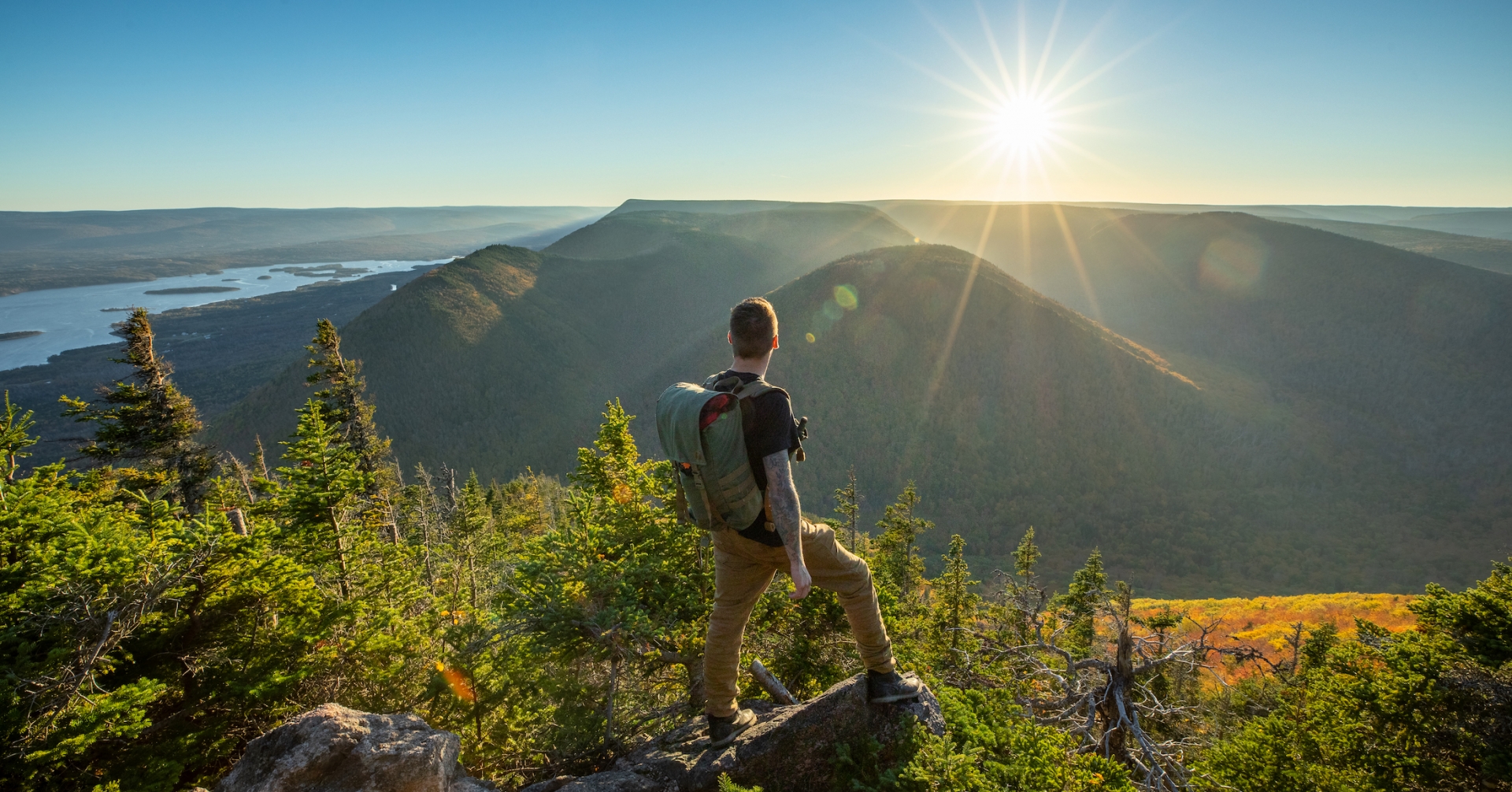Outdoor adventures can be exhilarating and rewarding, but they also come with certain risks and challenges. Whether you’re hiking, camping, or engaging in other outdoor activities, it’s essential to prioritize safety and security. One way to enhance your personal safety is by carrying security weapons. However, choosing the right security weapon requires careful consideration to ensure it serves its purpose effectively without compromising on safety and legality. Here, we will discuss the key factors to consider when buying security weapons for your outdoor adventures.

1. Legality and Local Regulations:
Before purchasing any security weapon, it’s crucial to research and understand the laws and regulations surrounding their possession and use in the area where you’ll be adventuring. Different regions may have varying rules regarding the types of weapons permitted, concealed carry, and other restrictions. Compliance with local laws is essential to prevent legal consequences and ensure you stay within the bounds of the law.
2. Type of Weapon:
There are various types of security weapons available, each with its advantages and limitations. The most common ones include:
a. Pepper Spray: A non-lethal option, pepper spray is effective for deterring attackers by causing temporary incapacitation and intense discomfort.
b. Personal Alarms: Personal alarms emit a loud noise when activated, drawing attention to your situation and potentially scaring off attackers.
c. Tasers and Stun Guns: These electroshock devices can immobilize attackers temporarily by disrupting their nervous system.
d. Knives: A knife can serve as a versatile tool for self-defense, but it requires training and responsible use.
e. Firearms: If you opt for a firearm, ensure you have the necessary training and permits, and always prioritize safety. You can buy 410 shotguns for complete security.
Select a security weapon that aligns with your comfort level, the level of training you possess, and the specific risks associated with your outdoor activity.
3. Portability and Accessibility:
For outdoor adventures, you’ll want a security weapon that is lightweight, compact, and easy to carry. A weapon that is cumbersome or difficult to access in a moment of crisis might be of little use. Consider options with belt clips, holsters, or lanyards to keep the weapon secure and within reach.
4. Effectiveness and Range:
Evaluate the effectiveness and range of the security weapon you’re considering. Some weapons, like pepper spray, are more suitable for short-range encounters, while others, such as firearms, offer a longer effective range. Choose a weapon that fits the potential threats you may encounter during your outdoor activities.
5. Reliability and Durability:
In outdoor environments, your security weapon may be exposed to various weather conditions and rough handling. Ensure the weapon you choose is well-built, reliable, and capable of functioning in adverse conditions. Regular maintenance and testing are essential to keep the weapon in top shape.
6. Training and Familiarization:
No matter the type of security weapon you choose, proper training and familiarization are vital. Engage in training sessions to understand how to handle the weapon safely and effectively. Regular practice builds muscle memory and confidence, improving your ability to respond efficiently in a crisis.
Conclusion:
Prioritizing your safety during outdoor adventures is paramount, and carrying a security weapon can offer an added layer of protection. However, it is essential to remember that a security weapon is a last resort and should only be used in situations where your life or well-being is at risk. Carefully consider the type of weapon that aligns with your needs, skill level, and the specific risks of your outdoor activities. Always follow local regulations, obtain proper training, and handle any security weapon responsibly to ensure your safety and that of others around you.
